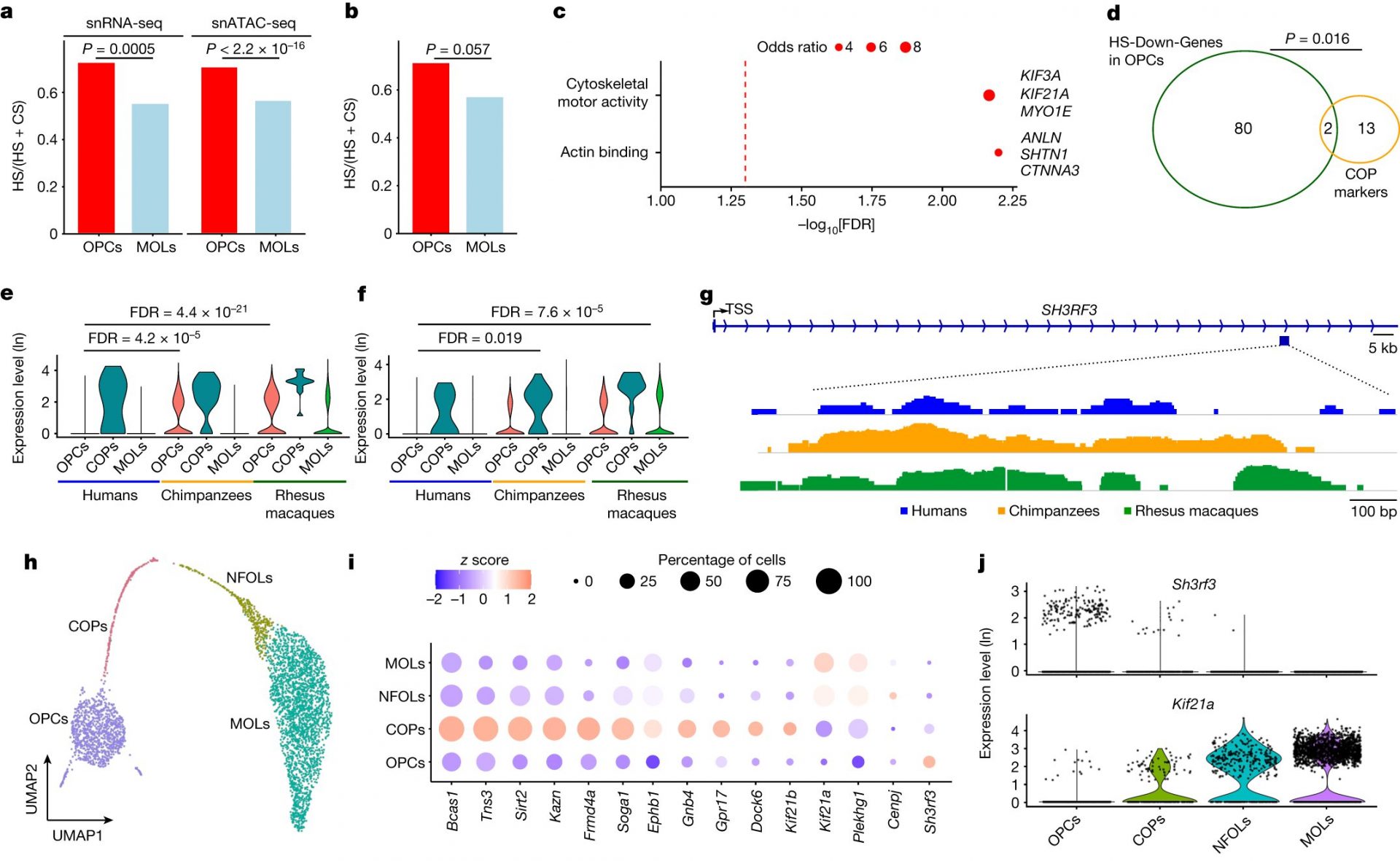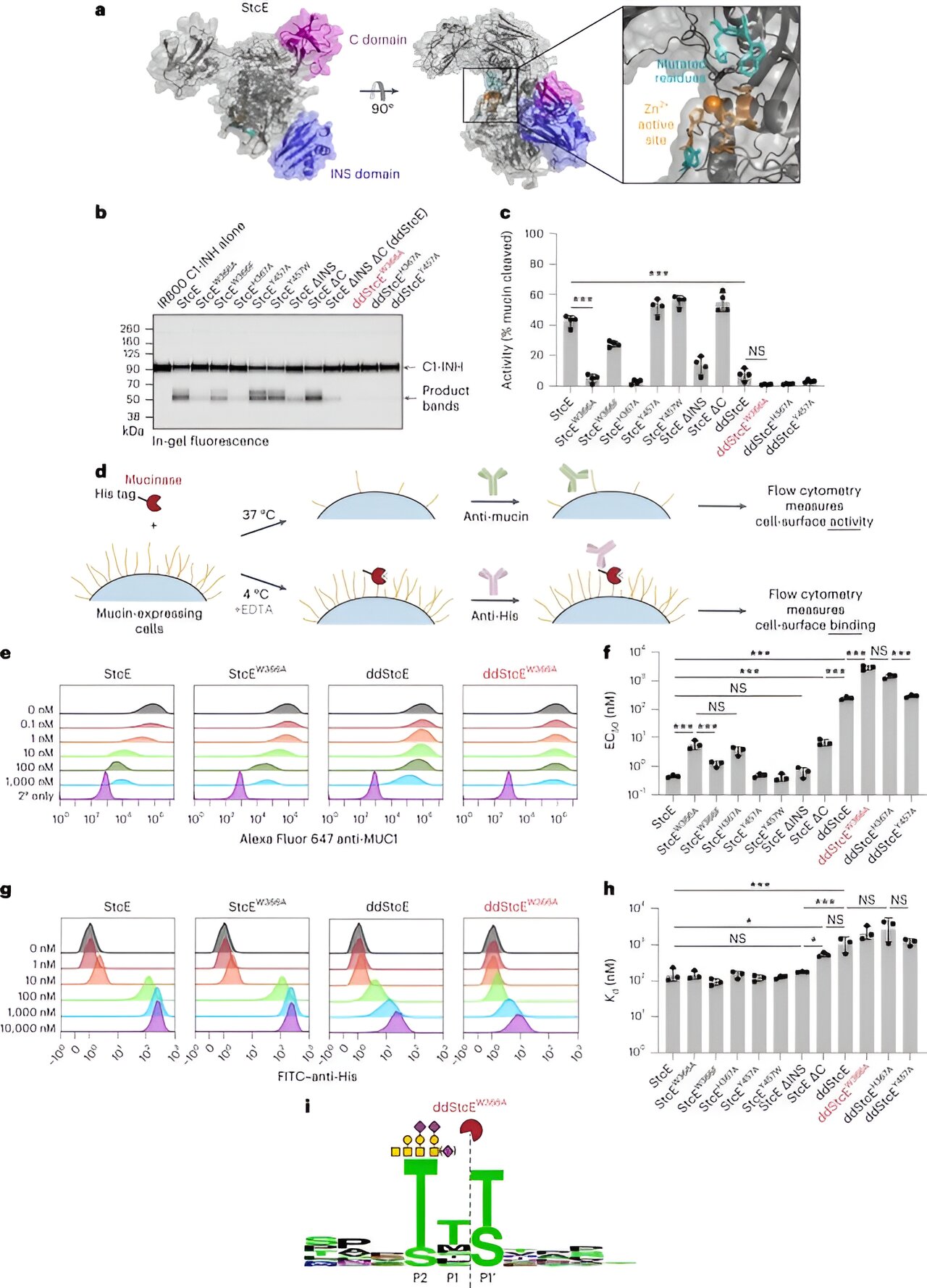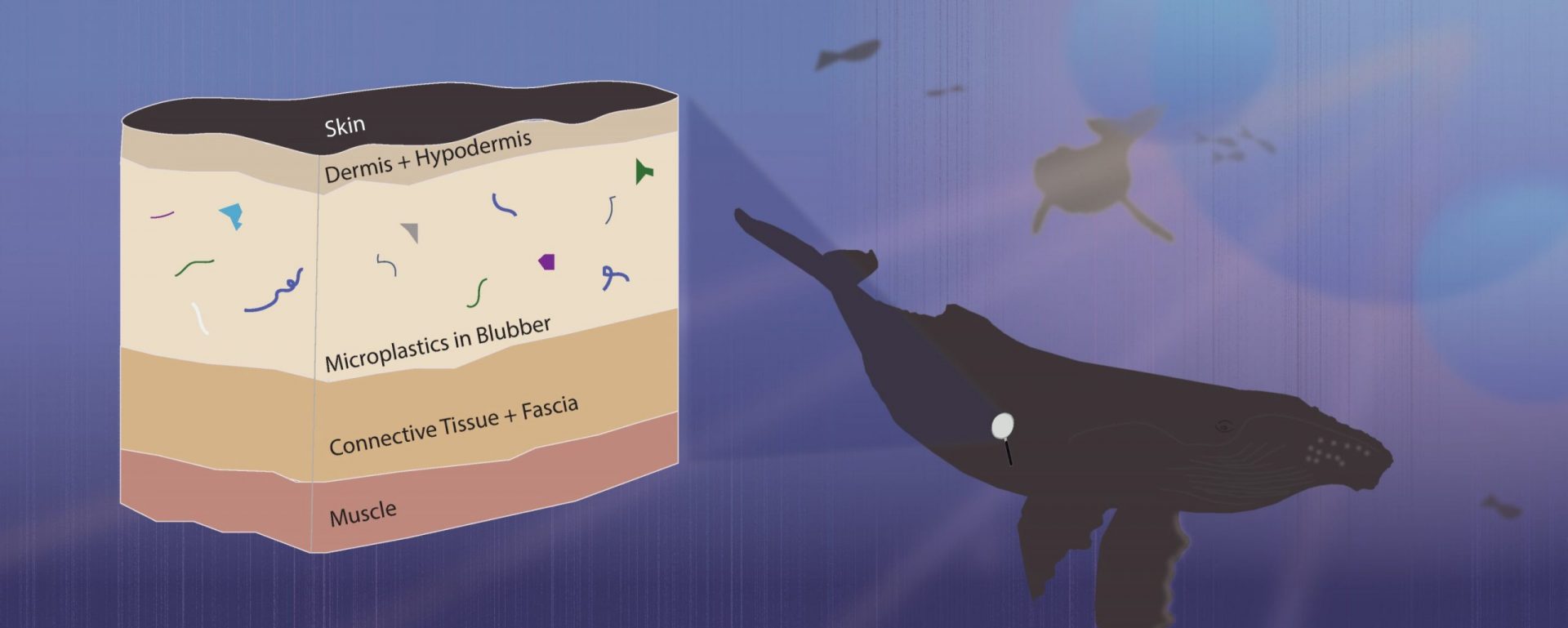Prepare to be amazed! Researchers at UT Southwestern Medical Center have made a groundbreaking discovery about the human brain. In a study published in Nature, they have uncovered the cellular and molecular features that make modern humans unique from our primate relatives and ancient ancestors. This new insight into human brain evolution is truly fascinating.
But here’s the twist: it turns out that neurons aren’t the only cells responsible for our intelligence and cognitive abilities. “Most evolutionary studies on the human brain have focused on neurons,” says study leader Genevieve Konopka, Ph.D., “but this study shows us that other cells play a crucial role in brain function and our susceptibility to cognitive diseases.” Dr. Konopka is a Professor of Neuroscience and a member of the Peter O’Donnell Jr. Brain Institute at UT Southwestern.
For centuries, humans have wondered what sets us apart from other animals. Our ability to speak and use language has always been a mystery. Previous studies have explored brain anatomy and conducted genetic or molecular research on whole brains or sections. However, Dr. Konopka and her team believed that examining brain characteristics at the cellular level could provide even more valuable insights. Thanks to recent technological advancements, they were able to do just that.
In their study, the researchers focused on a specific area of the brain called Brodmann area 23 (BA23) in the posterior cingulate cortex. This area is part of the default mode network, which remains active during wakeful rest and has been linked to schizophrenia. By using a technique called single nuclei RNA-sequencing, the team compared samples from humans, chimpanzees, and rhesus monkeys to understand the cellular composition of BA23.
What they discovered was mind-blowing. Humans have a significantly higher proportion of oligodendrocyte progenitor cells (OPCs) in BA23 compared to nonhuman primates. These cells are known to provide support and insulation for neurons, and they also play a role in modulating brain circuitry. Additionally, humans showed increased expression in the gene that produces FOXP2, a protein related to speech and language development, in two subtypes of excitatory neurons.
In another experiment, the researchers compared the DNA of modern humans with that of Neanderthals and Denisovans, our ancient relatives. They not only looked at genetic differences but also examined whether these differences occurred in areas of the genome that regulate gene expression. This search led them to identify numerous genes that functionally differ between humans and our ancient relatives, particularly in excitatory neurons in the upper layers of BA23. These findings could provide even more insights into human brain evolution in future studies.
Dr. Konopka believes that these findings provide a roadmap for understanding the unique abilities of the human brain that set us apart from other species. This research has the potential to revolutionize our understanding of human cognition and pave the way for new advancements in treating cognitive diseases.
Dr. Konopka is a Jon Heighten Scholar in Autism Research and holds the Townsend Distinguished Chair in Research on Autism Spectrum Disorders. Other researchers from UT Southwestern who contributed to this study include Yuxiang Liu, Ph.D., a postdoctoral researcher, and graduate students Rachael Vollmer, B.S., and Emily Oh, B.S.








